1. What does a dehumidifier do?
A dehumidifier removes water from the air until the humidity reaches the level you set. And a good dehumidifier should automatically maintain this comfortable space for you all the time!
2. Where does the water come from?
There is always water in the air of the room. Water is specially produced indoors, it caused by many activities such as cooking, washing, showering, making tea and breathing. For instance, If you take a hot shower, it will create a lot of moisture on the wall, on the mirror, on the air, etc.
3. What is the ideal humidity level for my home?
Generally speaking, the humidity of 50% in the air is suitable for people to live. This environment can effectively inhibit the breeding of bacteria, mold and mites, and other harmful substances.
4. How does a dehumidifier work?
The working principle of the dehumidifier is By sucking air from the space onto a coil that is cooled by a refrigeration system to a very low temperature. For example, as we know refrigeration dehumidifiers, work by condensing water vapor on the cold surface, and liquid water drips into the collecting bucket below. Desiccant dehumidifiers are known to the public. The desiccant dehumidifiers pass air through a wheel coated with absorbing material. The process of moisture removal is as follows: a stream of hot air passes through the desiccant, is dried and regenerated, and produces more moisture the next time it passes through. The collected water is collected into the collecting tank of the unit.
5. How long will it take to get the moisture under control?
The dehumidifier should match the size of the room, When the room is not seriously damp, the dehumidifier will usually bring the humidity down to the desired level within a few days to a week. Of course, if the house is flooded it must be repaired by a professional team.
6. How do you know how big a dehumidifier you need?
The size and humidity of your house will determine the size of your dehumidifier. On the whole, we always advise you to proceed with caution, and if in any doubt, purchase a dehumidifier of a larger size than you may need. A larger dehumidifier removes more water in less time than a smaller dehumidifier, so the energy savings outweigh its purchase price.
7. How does a dehumidifier prevent mold and mildew?
Dehumidifiers prevent mold and mildew growth. First, it dries out the room and absorbs water from areas of the room where bacteria might develop. Second, the relative humidity of the dehumidifier is maintained at or slightly below 50%, in which mold and mildew spores will not grow.
8. Where is the best place to site my dehumidifier?
People like dehumidifiers that are silent and invisible. But this can be difficult to achieve, so people try to settle for something that is out of sight and less noisy. But the choice should be based on your actual needs. If you need to reduce humidity throughout the house, a whole-house dehumidifier is the best option. It’s easy to fit, and it has almost no noise and can take care of the whole home, it is the most suitable choice. If you are choosing a portable dehumidifier for your laundry or bedroom, where it is located is not very important.
9. What is Continuous Drainage?
The portable dehumidifier has a tank for collecting water. To maintain the overall size of the dehumidifier, these drums are relatively small and the tank must be emptied at least once a day. Almost all portable household dehumidifiers on the market today are designed to drain the collected water directly. A small hole is cut in the shell of the dehumidifier, and a small hose is connected to the dehumidifier, through which continuous drainage can be carried out. This is called continuous drainage. Because water is only drained by gravity, the dehumidifier needs to be raised more than one to two feet above the floor and the hose connected to the floor to drain effectively and continuously.







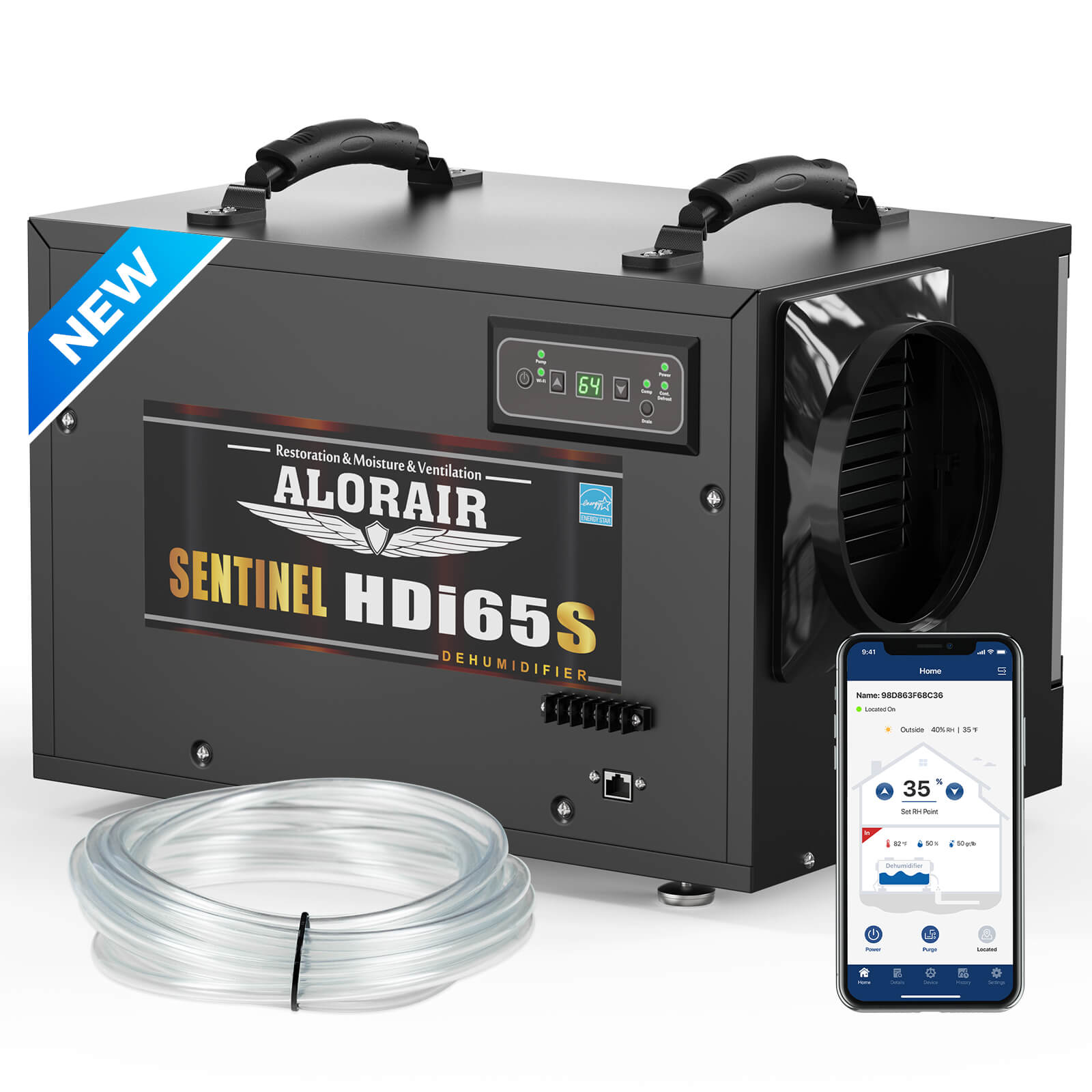
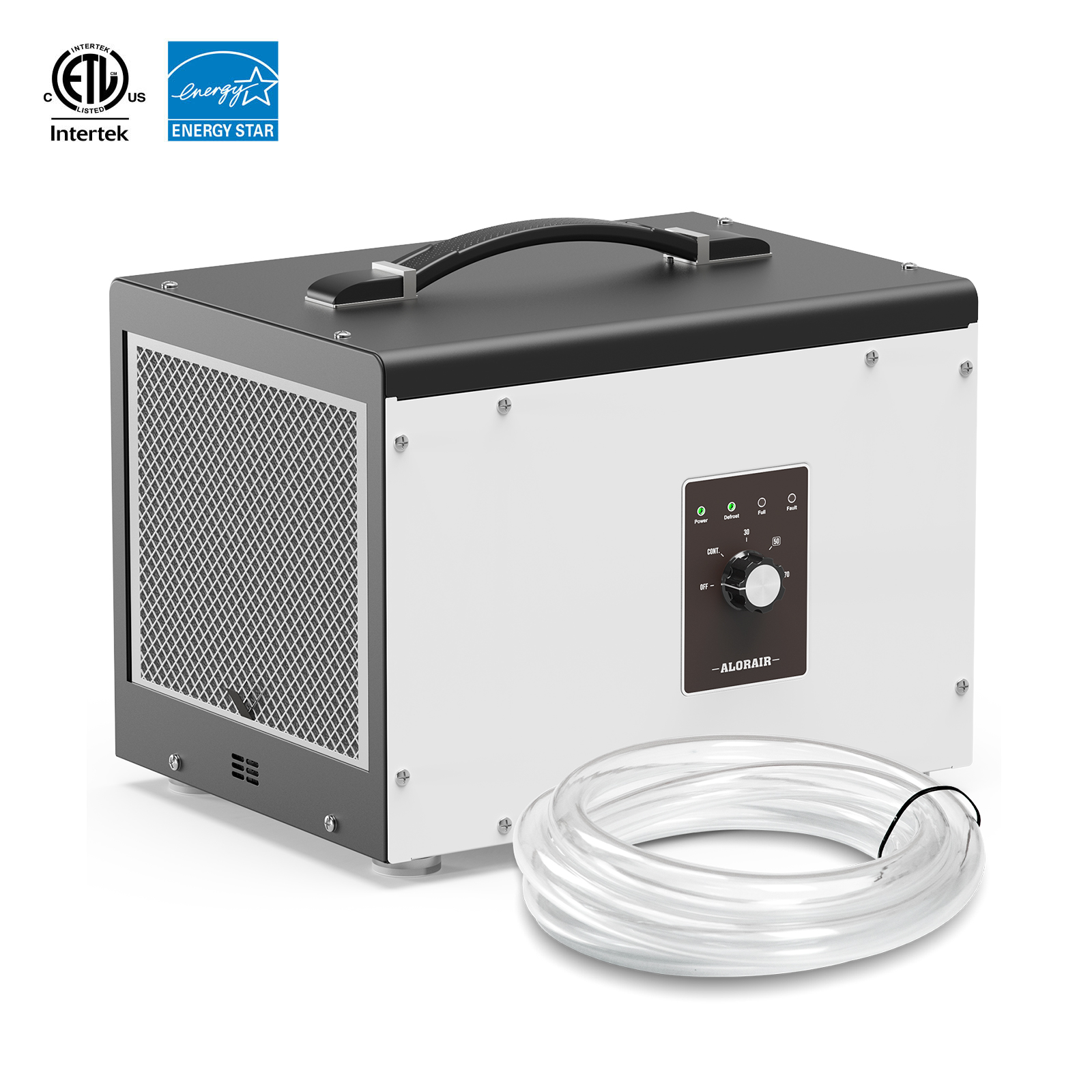
.jpg)
.jpg)

.jpg)

.HDi90.png)
.HD90.png)



.jpg)
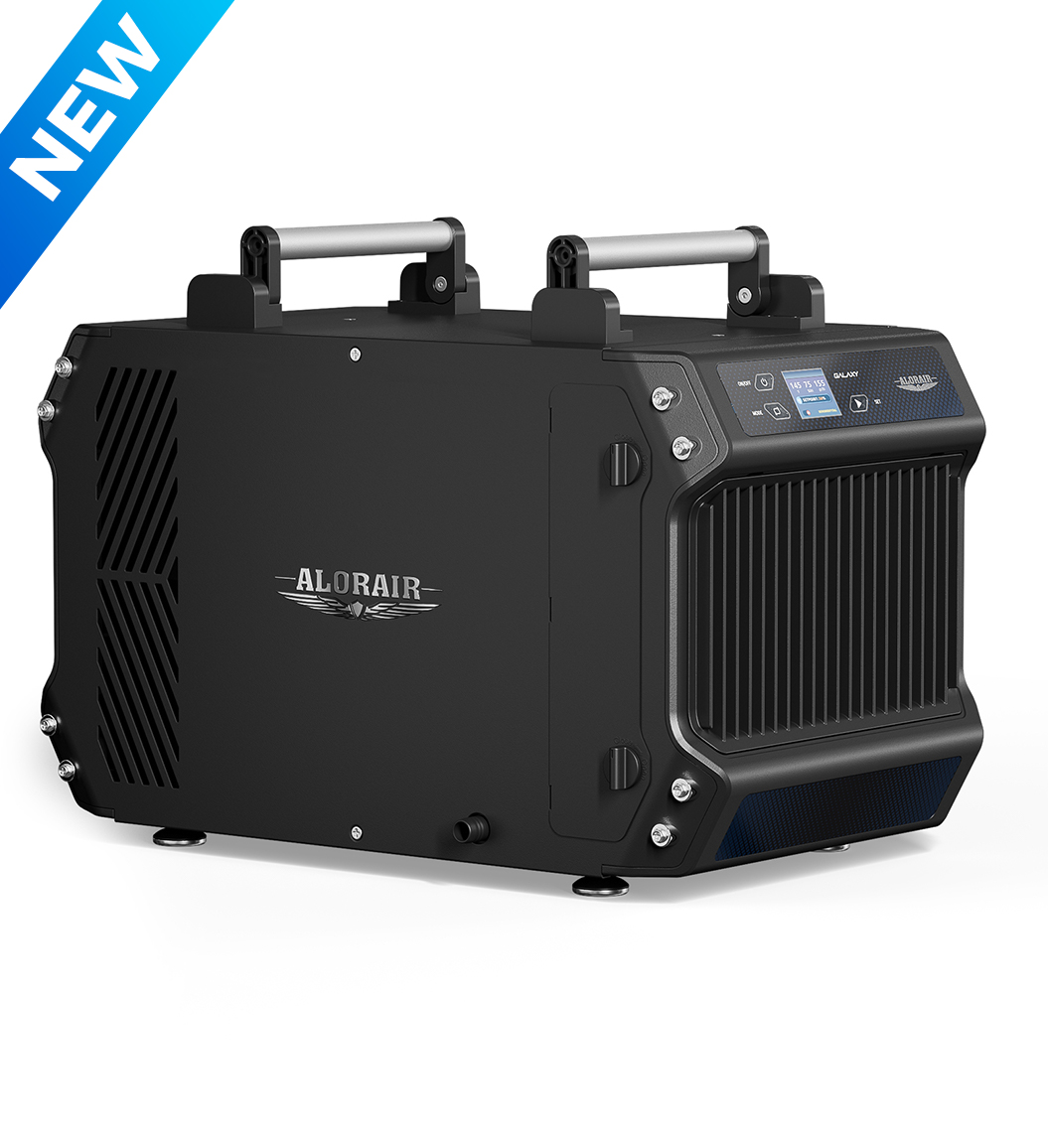
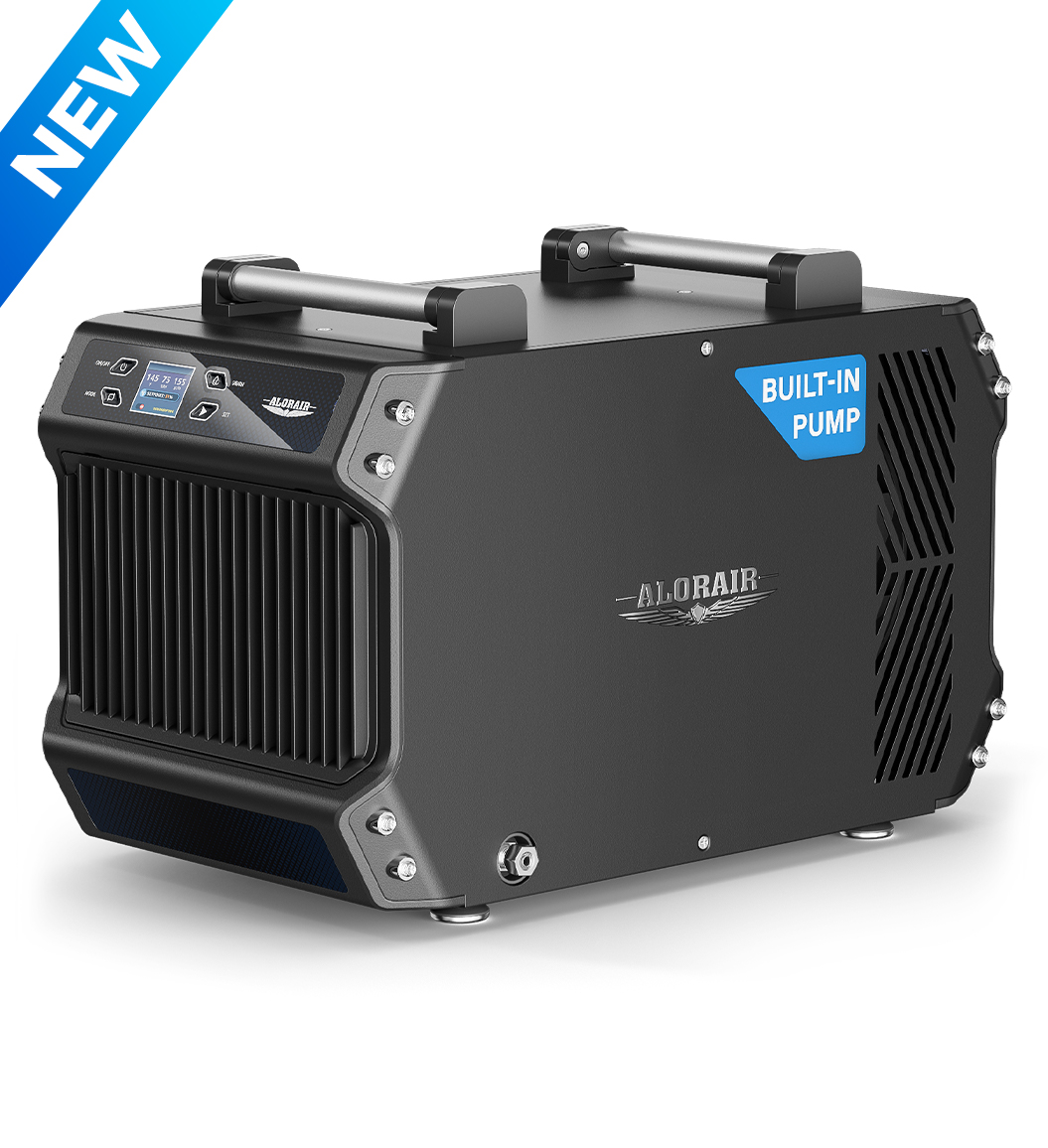




.jpg)
.jpg)
.jpg)
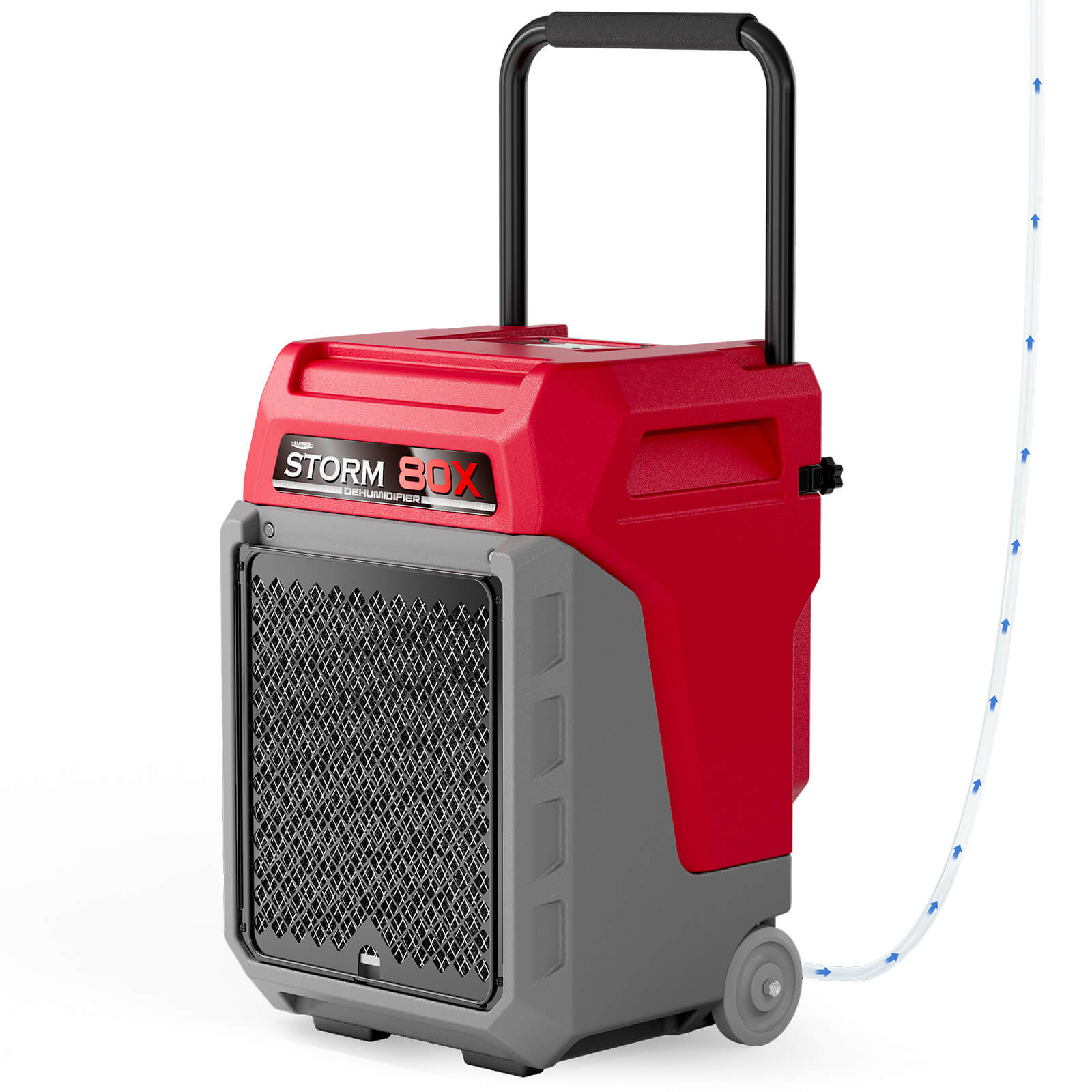


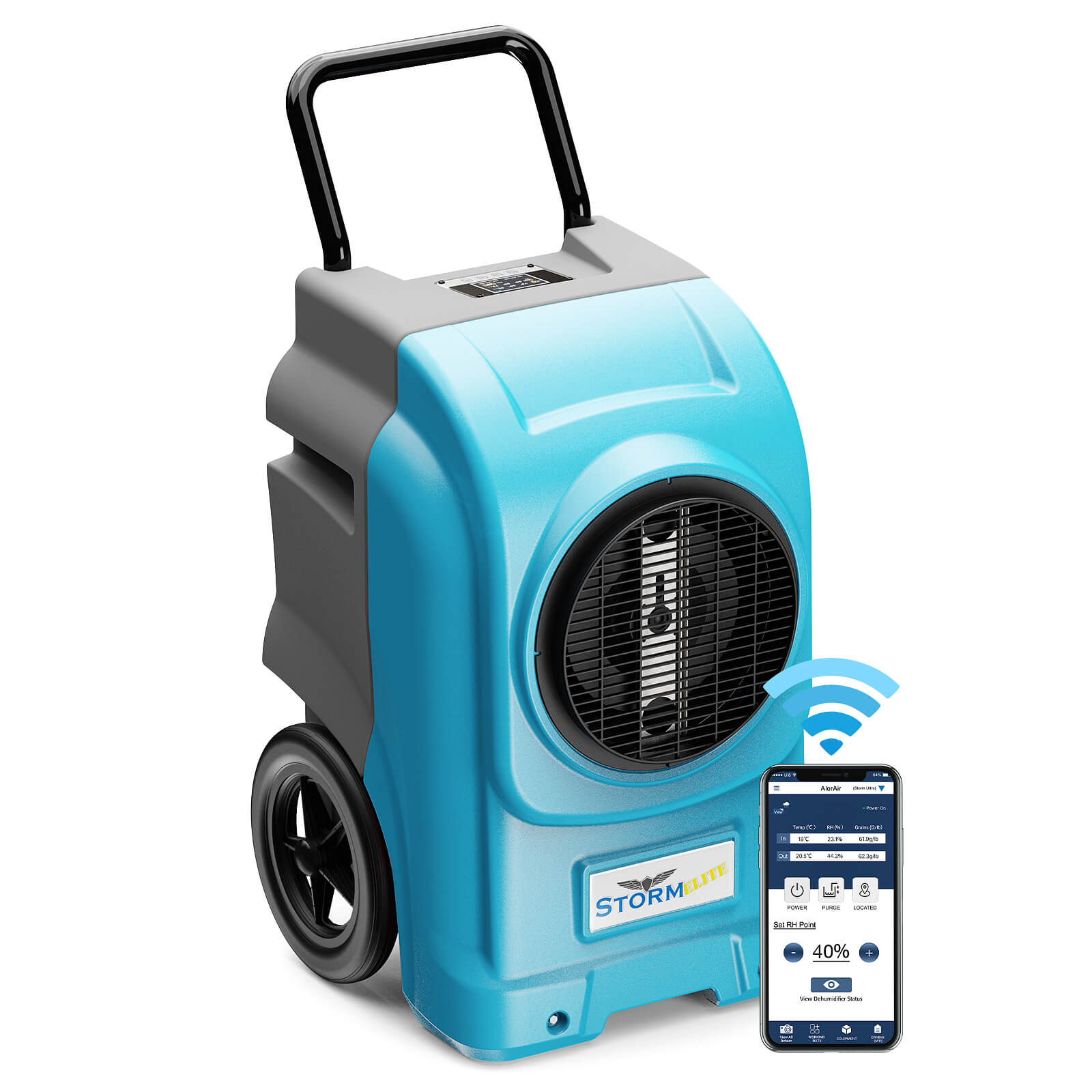

.jpg)
.jpg)

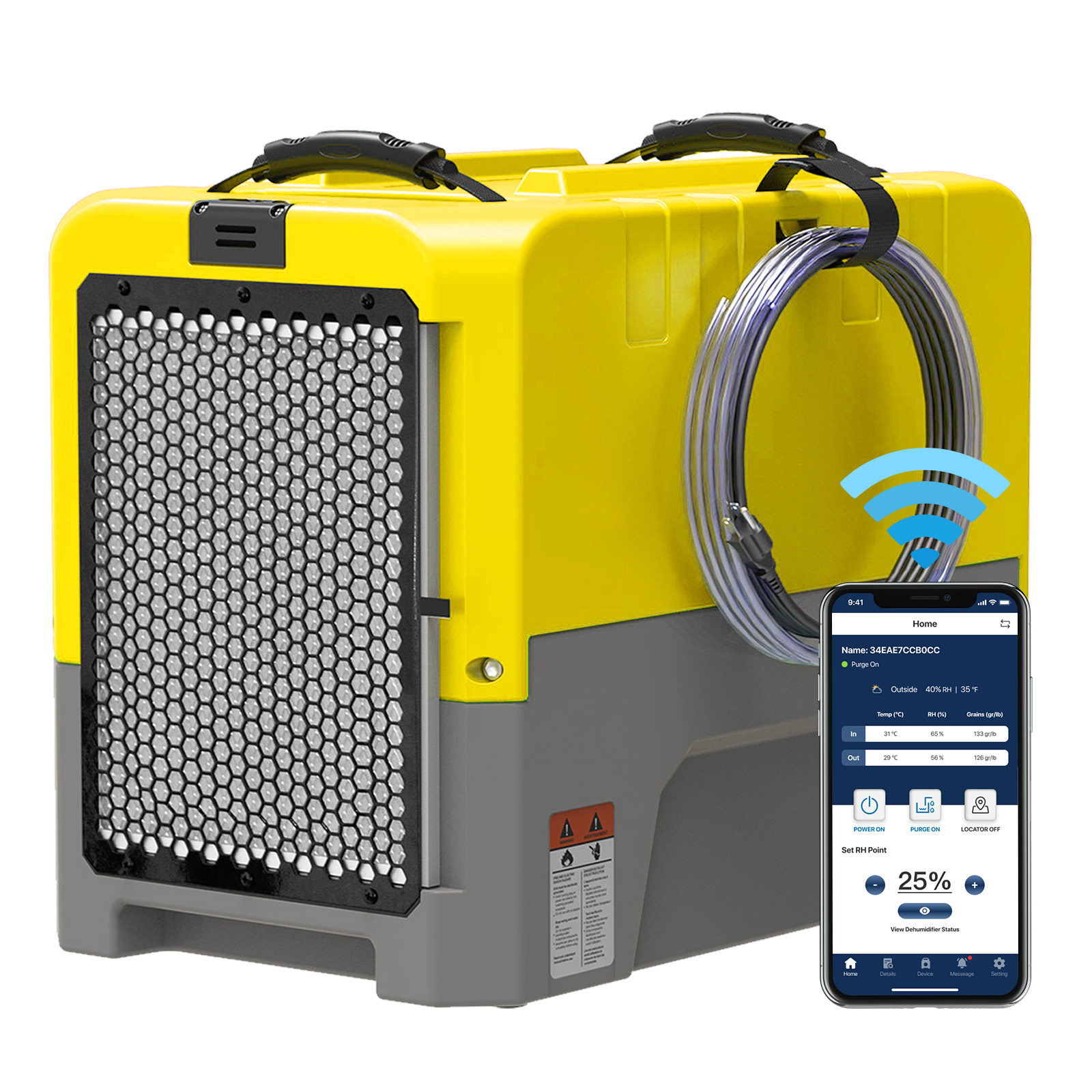








.jpg)
.jpg)








.jpg)
.jpg)










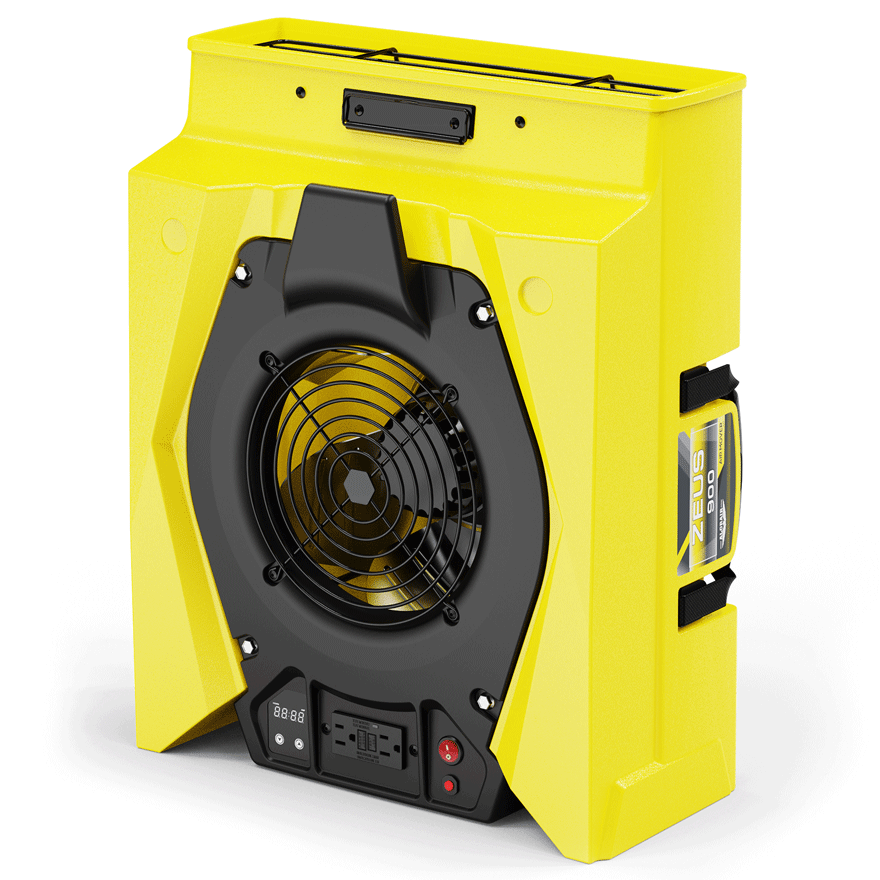
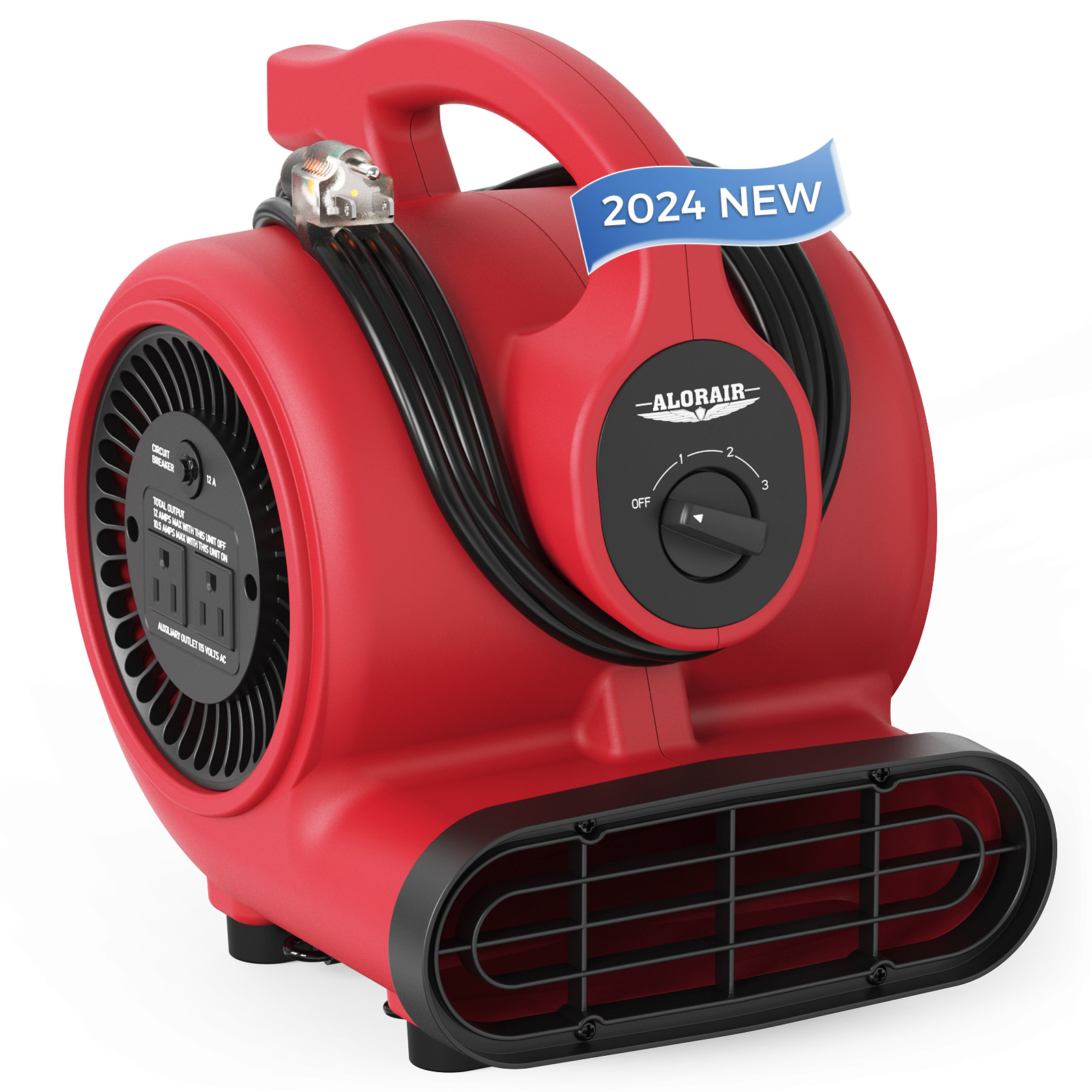
.jpg)
.jpg)
.jpg)
.jpg)
.jpg)
.jpg)
.jpg)
.jpg)
.jpg)
.jpg)
.jpg)
.jpg)
.jpg)
.jpg)





.jpg)
.jpg)
















-.jpg)
.jpg)

.jpg)
.jpg)



























 Exclusive offers
promotions
Exclusive offers
promotions

